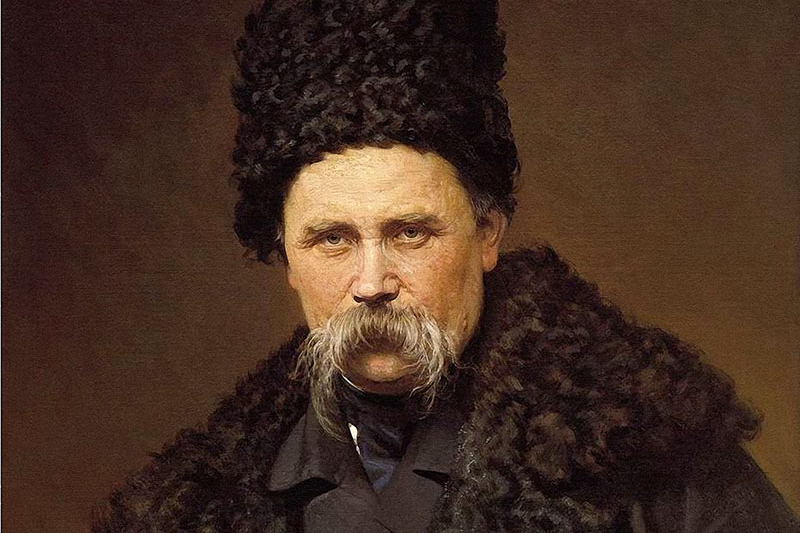“Symbols are not merely signs. They are anchors. They remind us of who we are when the world tries to make us forget.“
When Russian missiles darken the sky and tanks churn up the black soil of Ukraine, resistance doesn’t always look like a gun. Sometimes, it looks like embroidery. Or a plant. Or an old poem whispered between generations. 10 Ukrainian Symbols.
This article looks at ten cultural symbols that have become rallying cries, quiet prayers, and declarations of defiance. These aren’t just artifacts of heritage — they’re living emblems of a people who refuse to vanish.

1. Tryzub (Trident)
The trident, or Tryzub, is more than Ukraine’s national emblem. It dates back to the 10th century and the reign of Volodymyr the Great. Historians debate its origins—some say it was a falcon, others a symbol of the Holy Trinity—but today, it stands for sovereignty, unity, and cultural rebirth.
In occupied territories, displaying the Tryzub has become an act of rebellion. It’s been etched into bulletproof vests, sewn into patches, and tattooed onto skin.
Further reading: Ukrainian Heraldry Society on Tryzub

2. Vyshyvanka (Embroidered Shirt)
Every stitch of a vyshyvanka carries meaning. The red-and-black thread, the region-specific patterns — they all tell stories passed down through mothers and daughters. These traditional garments aren’t costumes. They’re skin-deep declarations of belonging.
During wartime, the vyshyvanka reemerged as armor. You’ll see soldiers wearing them under their uniforms, women weaving them as gifts for defenders, and entire days dedicated to wearing them in solidarity.
See also: Vyshyvanka Day

3. Kalyna (Viburnum)
Red kalyna berries appear in Ukrainian folk songs and legends as blood, sacrifice, and rebirth symbols. The phrase “Chervona Kalyna” (Red Viburnum) took on new power after it became the basis for a wartime anthem sung by President Zelenskyy, soldiers, and millions more.
It has roots in Cossack traditions and appears on ancient embroidery and tombs. In 2022, it bloomed again as a flower of unity.
Listen: Oh the Red Viburnum in the Meadow — Boombox & Ukrainian Armed Forces
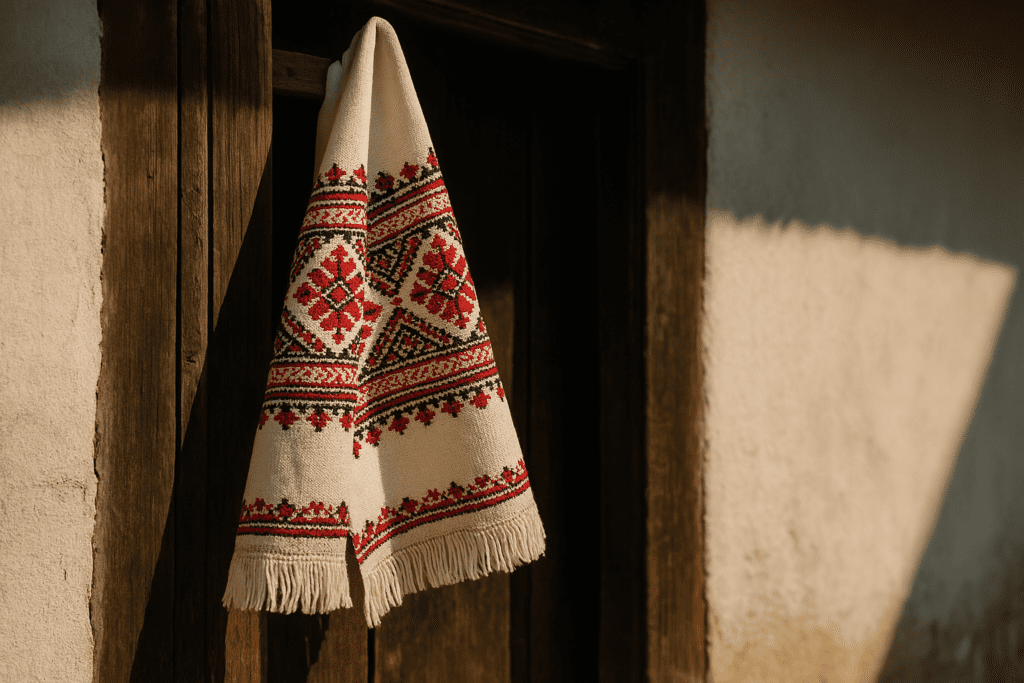
4. Rushnyk (Ceremonial Towel)
A rushnyk isn’t for wiping hands. It’s a sacred cloth for weddings, funerals, and religious rites. Each rushnyk is handwoven with patterns that protect, bless, and connect.
Today, families carry rushnyky into exile, soldiers keep them in pockets, and volunteers lay them across aid stations. In some homes, a rushnyk hangs near the door — a silent reminder of roots.
Learn more: Ukrainian Museum NY on Rushnyky
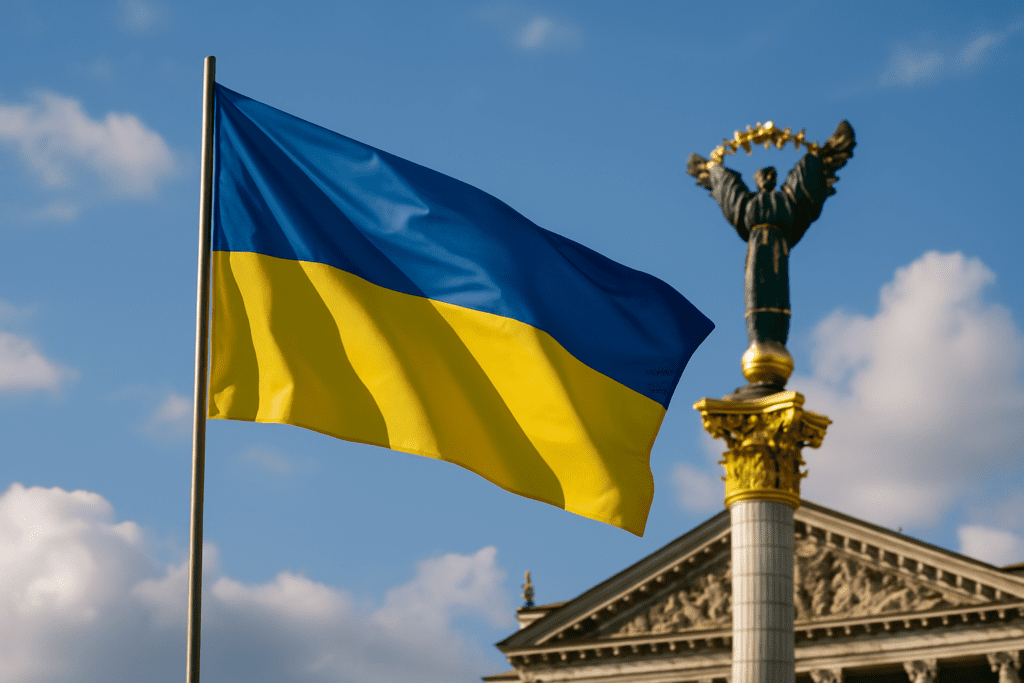
5. The Ukrainian Flag
Blue for the sky. Yellow for the wheat fields. Together, they paint a peaceful country grounded in land and liberty. When Russia invaded, the flag became a battlefield icon.
People raised it in Kherson under occupation, painted it on bridges, and wrapped it around statues. Ukrainian colors are now among the most defiant visuals in the modern world.
History of the Flag: Ukraine World
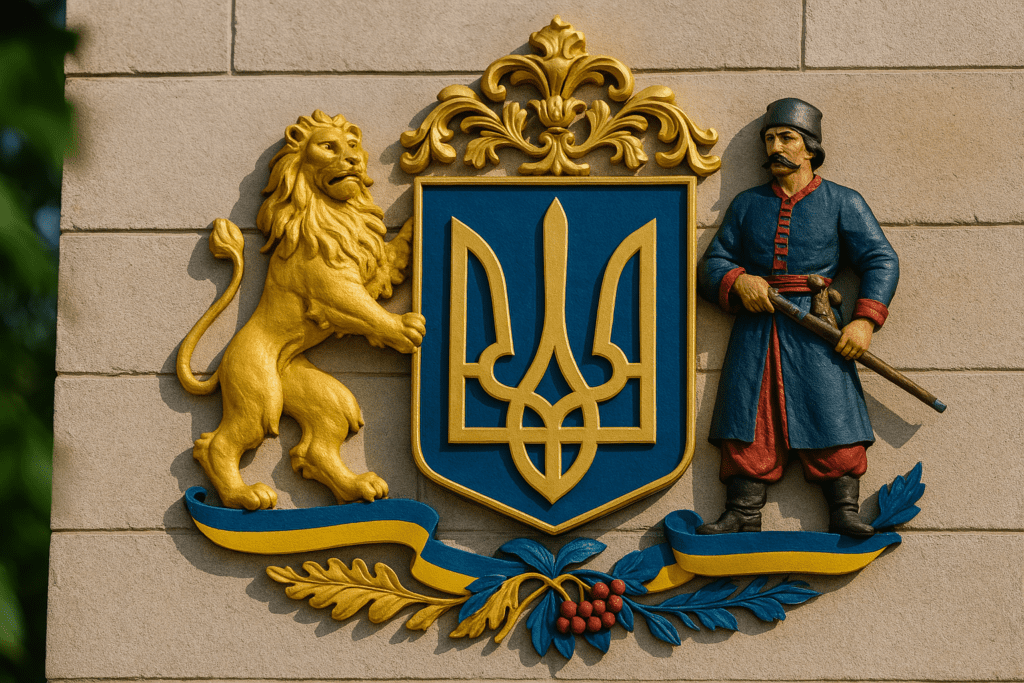
6. The Coat of Arms of Ukraine
Often paired with the Tryzub, Ukraine’s Coat of Arms includes a lion and a Cossack with a musket — symbols of medieval strength and self-determination. The Cossack, in particular, links to a fiercely independent military tradition Russia has tried to erase.
Explore: Encyclopedia of Ukraine
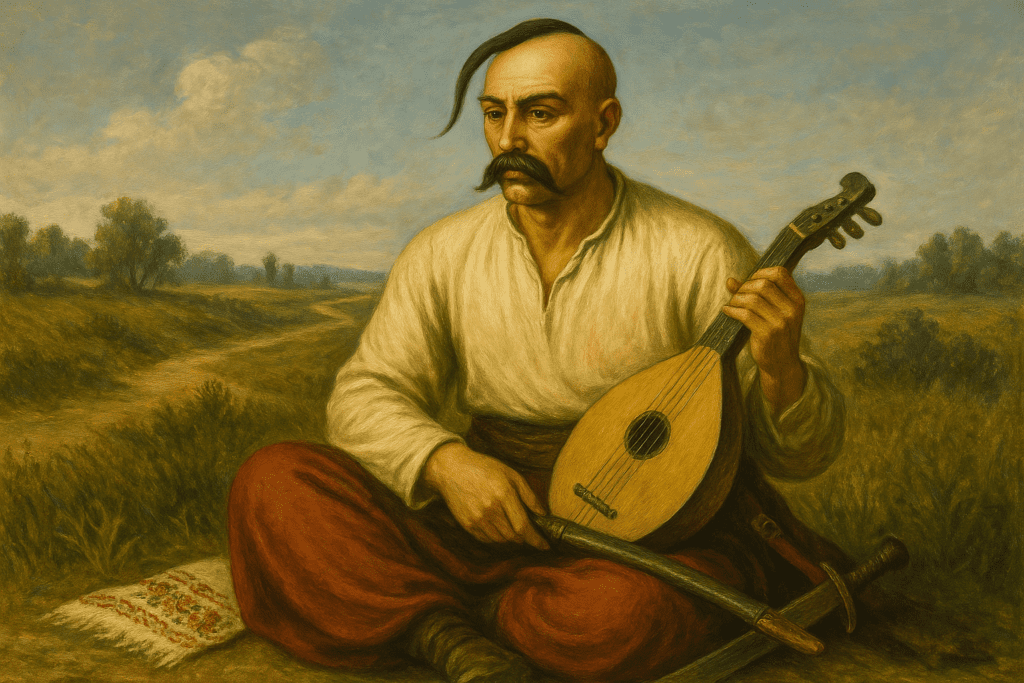
7. Cossack Mamay
He sits cross-legged with a kobza (lute), a saber, and a calm gaze. The Cossack Mamay is a folk hero and archetype of Ukrainian stoicism. He watches over the land, music, and honor in paintings and woodcuts.
You’ll find his image tattooed on volunteers, on resistance posters, and on walls in destroyed villages. He is the stillness before action.
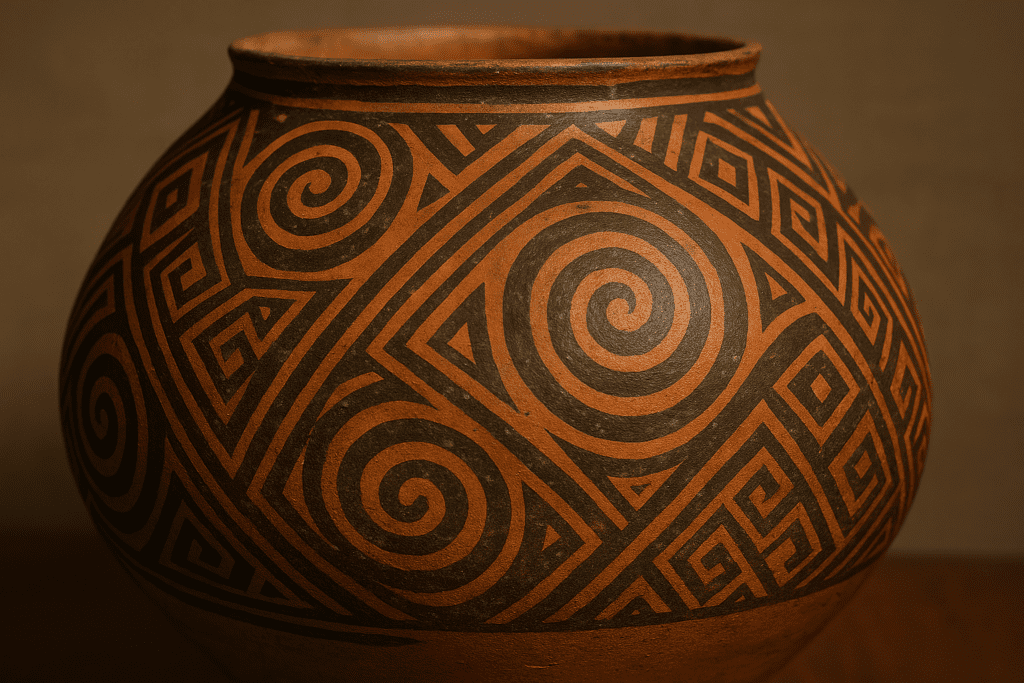
8. Trypillian Patterns
Before Christianity, before Kyiv, there were the Trypillians — a Neolithic culture whose swirling red-and-black patterns still echo through modern Ukrainian art and embroidery.
These patterns symbolize the cyclical nature of life and land. In today’s resistance, they’ve been revived by artists and designers reclaiming deep pre-Russian identities.
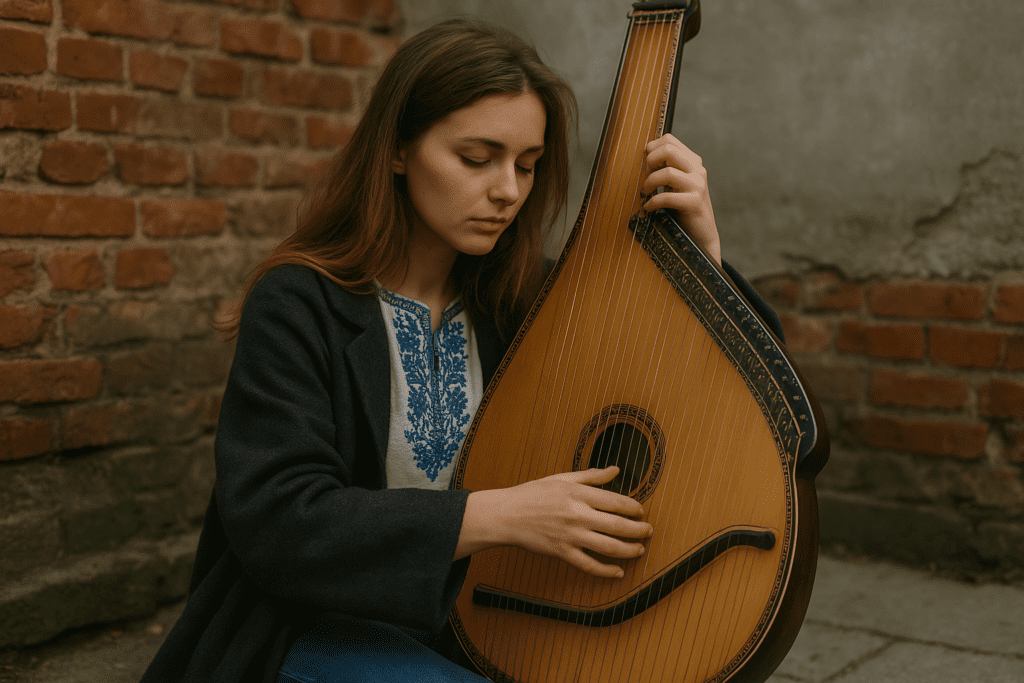
9. Bandura (Ukrainian Lute)
The bandura blends harp and lute into one soulful instrument. It was once played by kobzars, blind wandering bards who sang of oppression, freedom, and faith. Stalin executed many of them during the purges.
Revived in the 21st century, the bandura has returned to street corners, concerts, and frontlines. It carries stories that dictators tried to silence.
Kobzars history: Harvard Ukrainian Studies Journal

10. Taras Shevchenko
No list is complete without Taras Shevchenko — poet, artist, exile, and patron saint of Ukrainian self-awareness. His works gave language to suffering and spiritual dignity to peasants.
Statues of Shevchenko were the first targets of Soviet erasure. Today, his verses are recited in trenches. A statue in Borodianka, bombed but unbroken, went viral for still standing amid rubble.
Read his work: Taras Shevchenko Museum
Final Thought
Symbols matter. In war, they matter even more. These ten icons carry a weight far more significant than their material form. They are memory. Resistance. And above all, reminders that culture is not collateral — it’s the reason people fight at all.
If this piece moved you, consider sharing it or, better yet, learning the words to Chervona Kalyna. That, too, is a kind of resistance. 10 Ukrainian Symbols, 10 Ukrainian Symbols, 10 Ukrainian Symbols.





